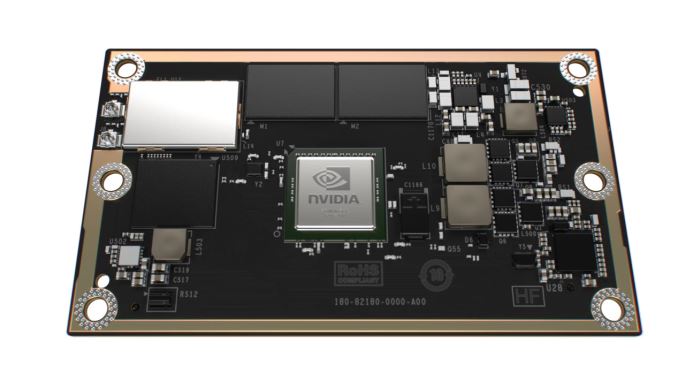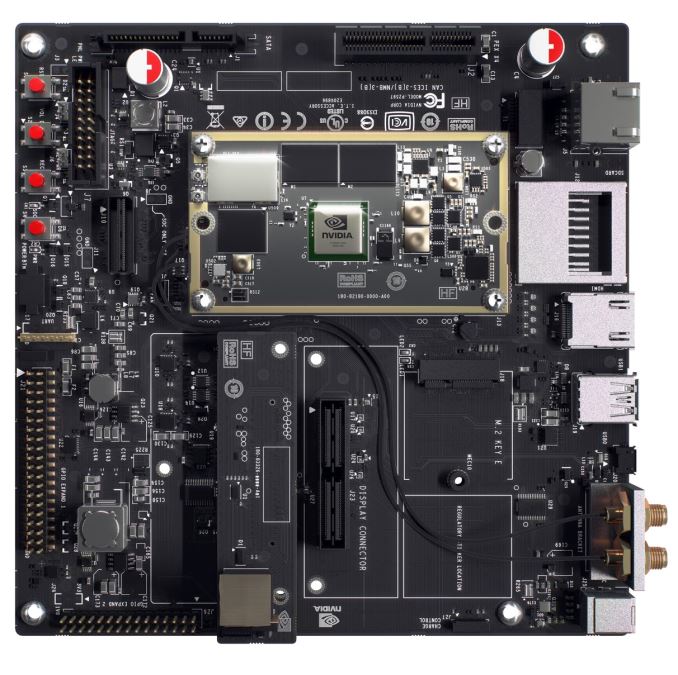NVIDIA unveiled a small sized module that harnesses the power of machine learning to enable a new generation of smart, autonomous machines that can learn. The NVIDIA Jetson TX1 module addresses the challenge of creating a new wave of millions of smart devices -- drones that don't just fly by remote control, but navigate their way through a forest for search and rescue.
Compact security surveillance systems that don't just scan crowds, but identify suspicious activity; and robots that don't just perform tasks, but tailor them to individuals' habits -- by incorporating capabilities such as machine learning, computer vision, navigation and more. Jetson TX1 is the first embedded computer designed to process deep neural networks -- computer software that can learn to recognize objects or interpret information. This new approach to program computers is called machine learning and can be used to perform complex tasks such as recognizing images, processing conversational speech, or analyzing a room full of furniture and finding a path to navigate across it. Machine learning is a groundbreaking technology that will give autonomous devices a giant leap in capability.
...
Jeff Bier, president of Berkeley Design Technology, Inc., said: "Based on BDTI's independent analysis, the Jetson TX1 stands out in three respects. First, developing applications on the Jetson TX1 feels more like developing on a PC than like developing on a typical embedded board. Second, the JetPackTX1 installer makes it easy to install a system image on the board. Third, support for CUDA enables developers to use the GPU to accelerate their applications without having to delve into the complexities of GPU programming."




